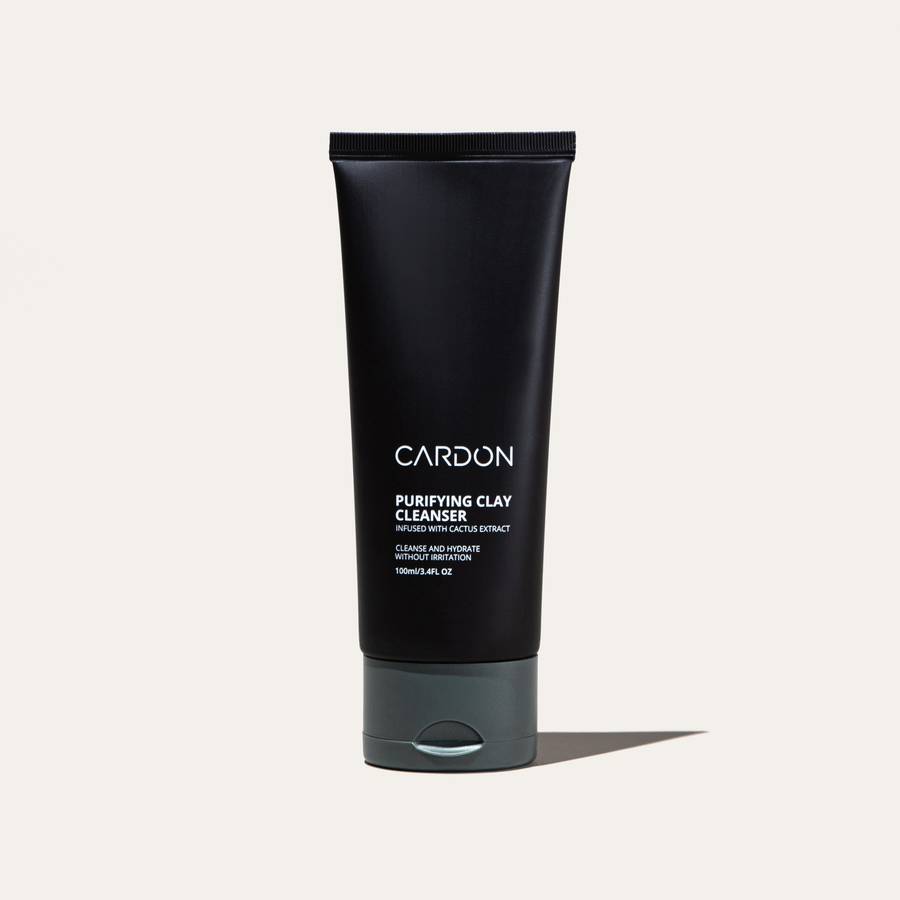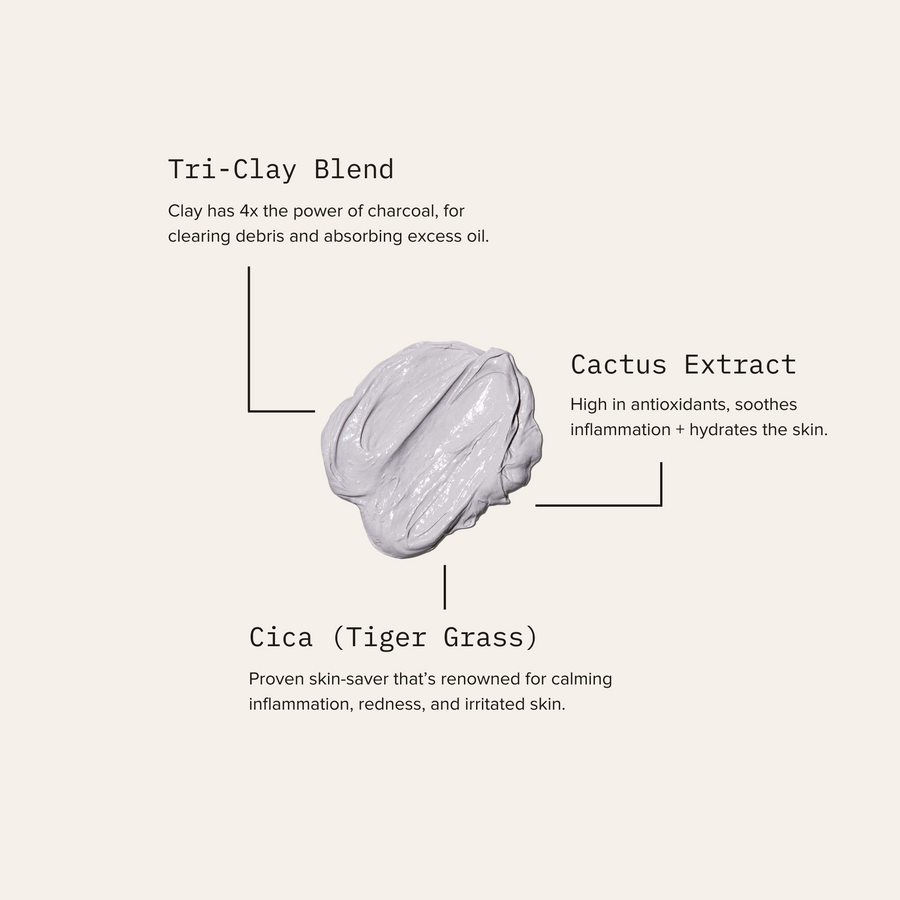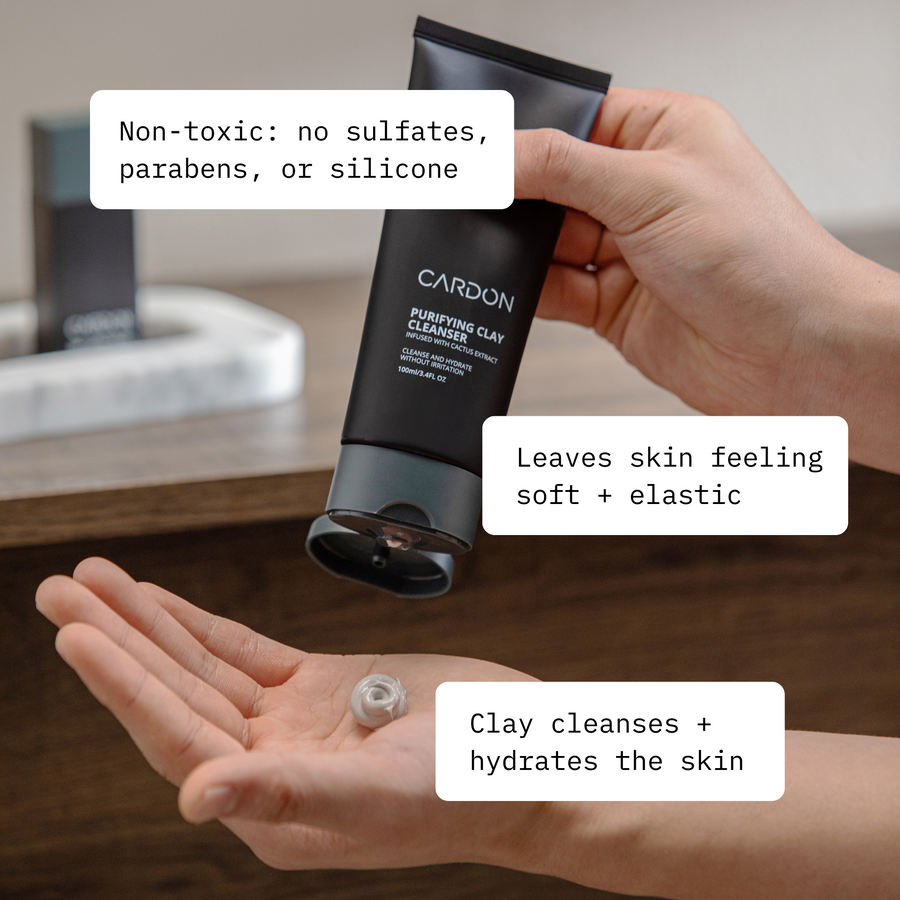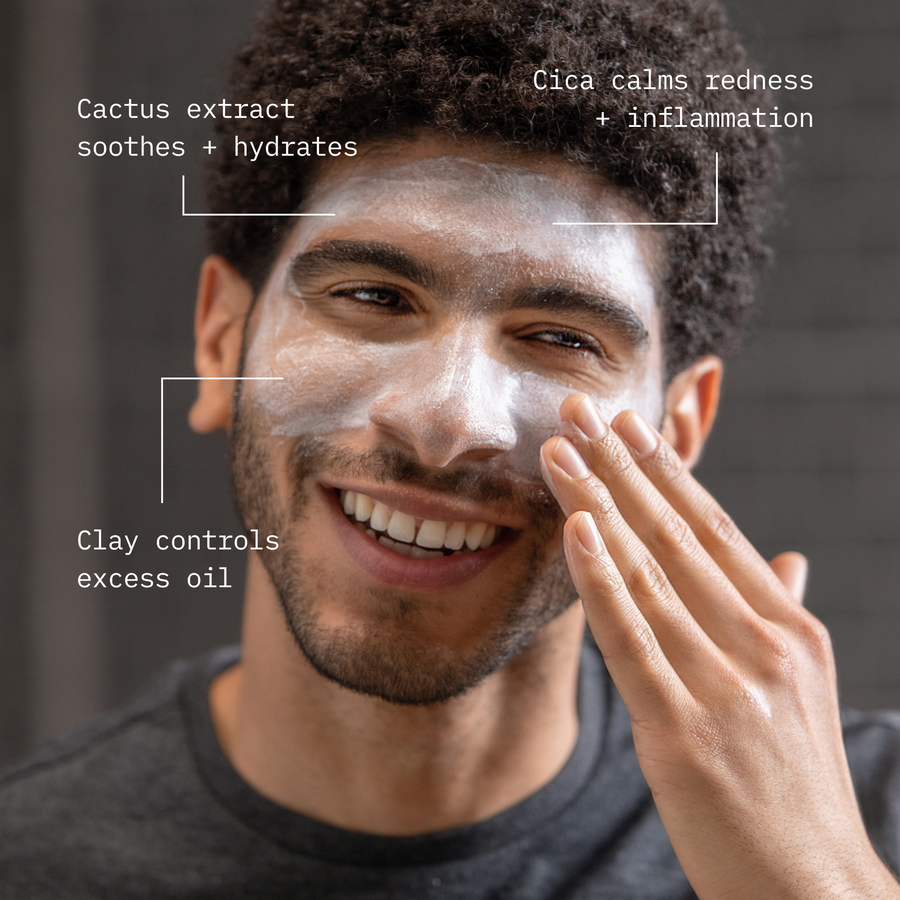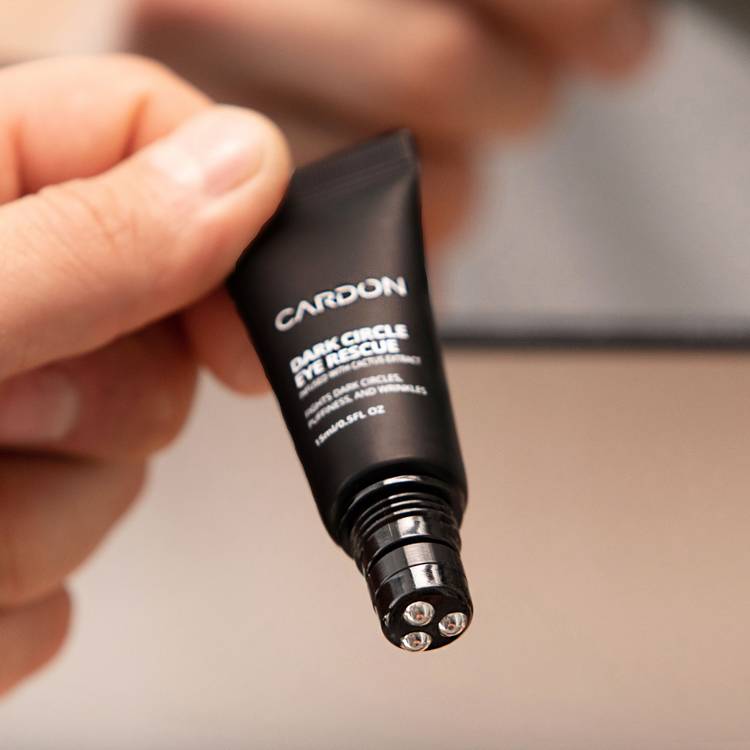Get Rid of Acne: How Salicylic Acid Clears and Prevents Pimples
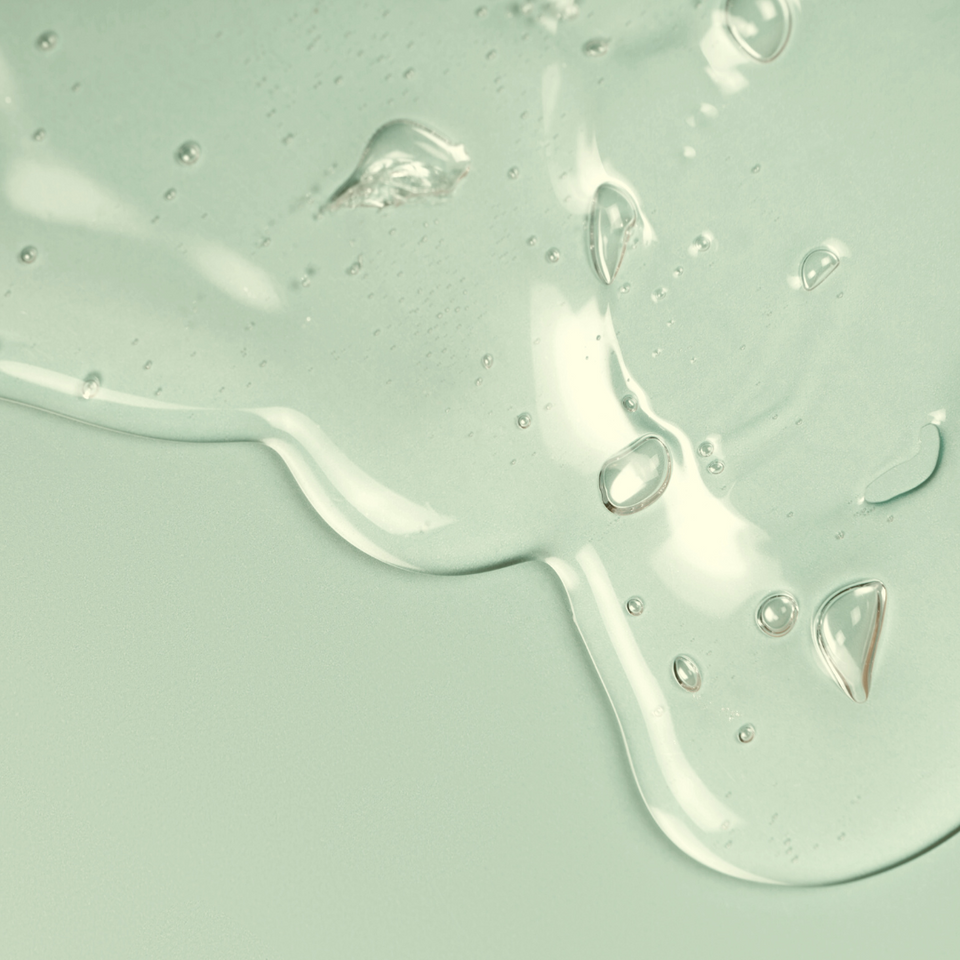
Nobody likes a pimple. They always pop up at the least opportune times (as if there is an opportune time to get one), and they often stick around for weeks. No matter how much effort we make to prevent breakouts and blemishes—from minimizing stress to eating healthier foods—pimples still seem to persist. And because of that, salicylic acid has risen to the top of many people’s skincare needs.
The ingredient is getting lots of much-deserved attention these days: Salicylic acid is one of the most effective and efficient ingredients for treating and preventing breakouts. It has a number of benefits for your skin: It eradicates oil and debris from the pores, has anti-inflammatory powers as well as antimicrobial and antifungal abilities (making it terrific on shaving bumps or as an aftershave), helps remove dead skin cells for a brighter complexion, tempers oil levels in the skin, and more. Salicylic acid can be found in serums, peels, night creams, and spot treatments (like acne patches, such as Cardon’s new microneedle acne spot treatments). Salicylic acid is typically derived from willow bark, and is often referred to as a beta hydroxy acid (BHA). Unlike its close relatives, the alpha hydroxy acids (AHAs) and poly hydroxy acids (PHAs, for more sensitive skin), salicylic acid is oil soluble, which means it can seep into the skin and work correctively, versus the water-soluble AHAs that perform on the surface of the skin.
And that’s just the beginning. Here is an overview of why salicylic acid is the ingredient on everybody’s lips lately, and how it can help you maintain clear, smooth complexion.
The Benefits of Salicylic Acid
These are the primary benefits of salicylic acid, in no particular order.
It exfoliates: Salicylic acid dissolves dead skin cells at the surface of your skin (like AHAs, which themselves are more primarily used for this reason). This helps the healthier, brighter skin cells shine through. This in turn prevents future clogged pores and breakouts, by eliminating the dead cells that otherwise might accumulate inside the pores.
It unclogs pores: In tandem with the previous benefit, salicylic acid seeps into the skin and can unclog pores from within; this is why it is often paired with AHAs to provide a thorough approach to clear skin. It breaks down dead skin cells as well as any accumulation of sebum. It also prevents clogging by breaking these things down before a real backup occurs.
It reduces ingrown hairs and razor bumps: Because salicylic acid encourages cellular turnover and has anti-inflammatory, antimicrobial, and antifungal abilities, it helps frequent shavers prevent trapped and infected ingrown hairs as well as gnarly post-shave blemishes (like razor bumps and redness).
It quells pimples: When applied to existing pimples, salicylic acid can help lessen the mass from within. By breaking down the gunk from inside, salicylic acid brings peace to the area experiencing stress. (This is what Cardon’s Prickly Patch spot treatments do for pimples.) Salicylic acid is also excellent at quickly nixing and preventing blackheads.
It balances oil levels: In oily skin types, salicylic acid can help train the skin to produce less oil. When used regularly (every few days, typically), it can prevent a greasy, grimey buildup across the face.
It mitigates inflammation: Salicylic acid has anti-inflammatory powers, too, so it can also help reduce redness and inflammation in the skin, particularly at the site of a breakout. Please note that some people will experience redness upon applying high-potency salicylic acid serums or peels; that’s why it is recommended to use salicylic acid at bedtime, so that the skin can recover overnight and maximize the ingredient’s benefits without concern for momentary redness. (Sensitive skin types should always spot-test serums and peels to make sure they do not react adversely.)

When to Use Salicylic Acid
How you use salicylic acid depends on the mode of use; for example, a salicylic acid pimple patch is very different from a salicylic acid serum or cream. (Keep reading to learn more.)
In general though, it is best to use salicylic acid in the evening. It is primarily a treatment ingredient (whether used to prevent breakouts or calm existing blemishes), and thus it helps to pair salicylic acid with a good night’s sleep. However, salicylic acid should not be used in tandem with other potent ingredients like retinol. Always center your regimen on the salicylic acid whenever it is used (though formulas that pair it with other treatment ingredients like AHAs are perfectly fine).
The most convenient option for blemish control is a spot treatment, including a pimple patch. In these forms, salicylic acid can be used nightly to help dry out and disappear a pimple.
Salicylic acid serums and creams can be followed with a night cream, though it’s ideal to let the ingredient absorb for 5-10 minutes before applying anything over top of it. (This doesn’t apply to pimple patches, though, which will pump the ingredient into the skin without interruption from other products, since the patch acts as a shield over that problem area.)
When salicylic acid is obtained via an all-over serum or peel (as opposed to a spot treatment / pimple patch), its use should be limited to 1-2 times per week. (It can dry out the skin if it’s used more, plus there won’t be as much dead skin or grime to dissolve.) In serums and peels, you should also pay attention to the concentration of salicylic acid used. Some peels might be as high as 20%-grade salicylic acid, which means they should be used no more than once a week (if not less). Some treatment serums are more in the 1-2% range and are less biting, but should still be used 1-2x per week at most.
Again, when salicylic acid is used as a spot treatment on problem areas, the aim is to break down the blemish; thus it’s ok to apply the salicylic acid-packed pimple patch or spot cream nightly. Only apply salicylic acid to freshly cleansed and dried skin.
Shop the collection
.png?v=1671640176423&options=w_600)
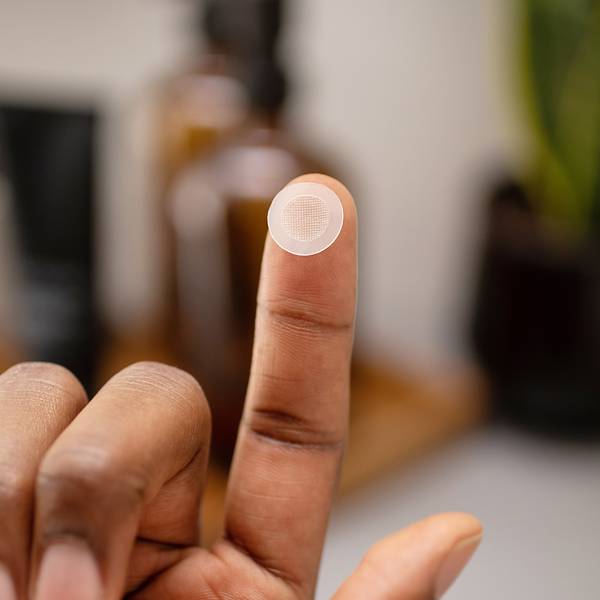
Prickly Pimple Patch
good for:
2021 Esquire Grooming Award Winner
Zit happens, so we made the Prickly Pimple Patch, your one-step solution for pesky breakouts. Soft dissolving microneedles go where no pimple cream has gone before—delivering acne-fighting ingredients like Salicylic Acid and Cica directly to the site of the inflammation and target acne dark spots. Works on ingrown hairs too!
“I applied the patch to a few raised bumps that appear to be clogged pores. Overnight one was significantly reduced while the other seems to have disappeared. Easy process and highly effective.” - Todd S.
Prickly Pimple Patch
good for:
2021 Esquire Grooming Award Winner
Zit happens, so we made the Prickly Pimple Patch, your one-step solution for pesky breakouts. Soft dissolving microneedles go where no pimple cream has gone before—delivering acne-fighting ingredients like Salicylic Acid and Cica directly to the site of the inflammation and target acne dark spots. Works on ingrown hairs too!
“I applied the patch to a few raised bumps that appear to be clogged pores. Overnight one was significantly reduced while the other seems to have disappeared. Easy process and highly effective.” - Todd S.
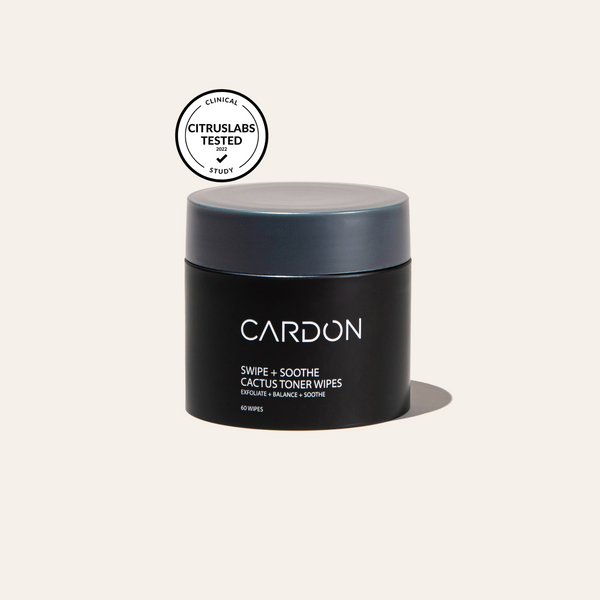
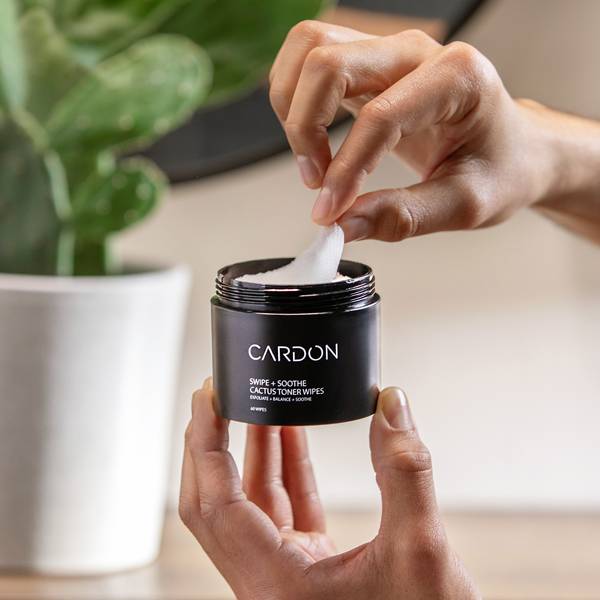
Exfoliating Facial Toner Wipes
good for:
After a long, busy day you just want to sit back, relax, and crack open—our biodegradable Exfoliating Facial Toner Wipes.
Wipe the stress and grime away with our Exfoliating Facial Toner Wipes, which use PHAs and caffeine to unclog pores, balance pH, and soothe the skin all in one easy step. No water needed.
Due to demand, this product is temporarily out of stock. Click "Notify Me" below to be the first to know when it's back!
Exfoliating Facial Toner Wipes
good for:
After a long, busy day you just want to sit back, relax, and crack open—our biodegradable Exfoliating Facial Toner Wipes.
Wipe the stress and grime away with our Exfoliating Facial Toner Wipes, which use PHAs and caffeine to unclog pores, balance pH, and soothe the skin all in one easy step. No water needed.
Due to demand, this product is temporarily out of stock. Click "Notify Me" below to be the first to know when it's back!


Daily SPF + Moisturizer
good for:
We’re playing favorites—this is the #1 most important step in your skincare routine. Stave off sun damage for healthy, youthful skin for years to come with our Daily SPF + Moisturizer, acclaimed best lightweight moisturizer with SPF by GQ!
Its fast-absorbing, lightweight formula uses Cactus and Chia Seed Extract to provide all-day hydration, plus Broad Spectrum SPF 30 to protect against UVA and UVB rays with ZERO residue or white cast.
“After trying several different brands, I finally found a product I like. It's lightweight, not sticky, and has a very subtle, fresh scent. Will definitely order again. I highly recommend this product.” - Sara T.
Daily SPF + Moisturizer
good for:
We’re playing favorites—this is the #1 most important step in your skincare routine. Stave off sun damage for healthy, youthful skin for years to come with our Daily SPF + Moisturizer, acclaimed best lightweight moisturizer with SPF by GQ!
Its fast-absorbing, lightweight formula uses Cactus and Chia Seed Extract to provide all-day hydration, plus Broad Spectrum SPF 30 to protect against UVA and UVB rays with ZERO residue or white cast.
“After trying several different brands, I finally found a product I like. It's lightweight, not sticky, and has a very subtle, fresh scent. Will definitely order again. I highly recommend this product.” - Sara T.
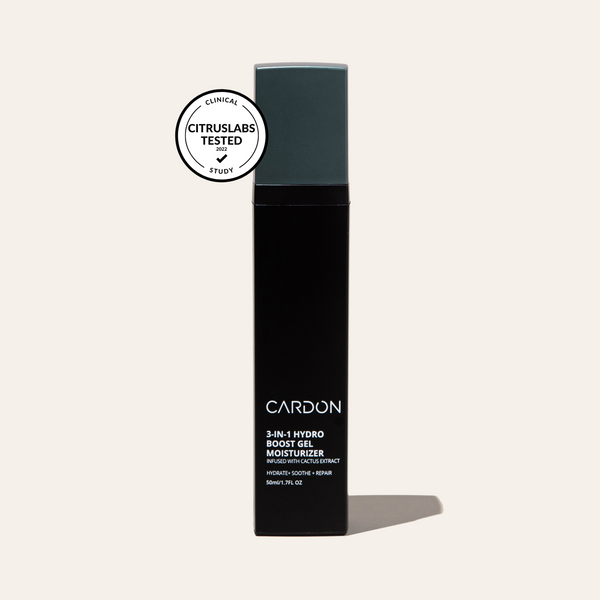

Hydro Boost Gel Moisturizer
good for:
Like a night cap for your skin, our Hydro Boost Gel Moisturizer is the ideal way to finish your evening.
This 3-in-1 gel moisturizer uses Cactus Extract and Rosehip Oil to put in the work while you snooze—hydrating, soothing, and repairing your skin all night long.
“This easily became part of my nightly routine. I've started to notice my face looking healthier and smoother. As a 32 y/o, you start to notice wrinkles creeping in, this helps me keep them at bay.” - Andrew S.
Hydro Boost Gel Moisturizer
good for:
Like a night cap for your skin, our Hydro Boost Gel Moisturizer is the ideal way to finish your evening.
This 3-in-1 gel moisturizer uses Cactus Extract and Rosehip Oil to put in the work while you snooze—hydrating, soothing, and repairing your skin all night long.
“This easily became part of my nightly routine. I've started to notice my face looking healthier and smoother. As a 32 y/o, you start to notice wrinkles creeping in, this helps me keep them at bay.” - Andrew S.
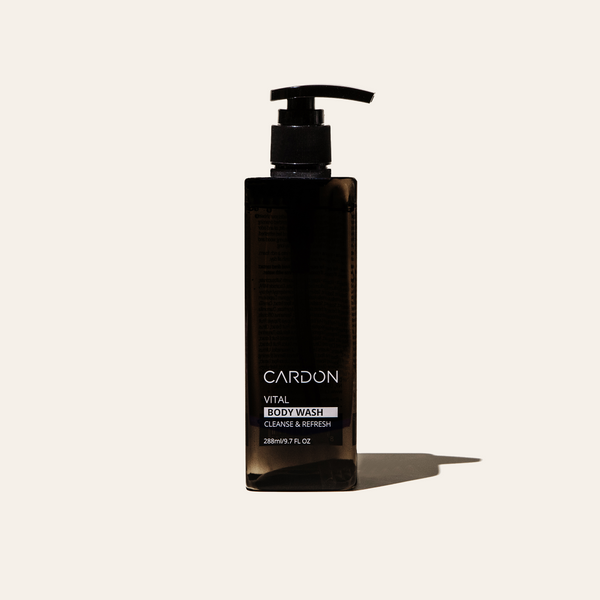

AWARD
Vital Body Wash
good for:
Step up your shower game with the Vital Body Wash, an energizing, body-acne clearing emulsion and 2022 GQ Grooming Award Winner!
The active lather uses natural, non-stripping ingredients like Green Tea and Sea Buckthorn to deeply cleanse, tackle breakouts, and combat body odor. The invigorating woody fragrance blend will make your skin smell as good as it looks.
“This body wash gets the job done! It cleans you thoroughly without drying out your skin. You smell fresh and clean, not perfumed. And as always with Cardon... a little goes a long way.” - Troy H.
Vital Body Wash
good for:
Step up your shower game with the Vital Body Wash, an energizing, body-acne clearing emulsion and 2022 GQ Grooming Award Winner!
The active lather uses natural, non-stripping ingredients like Green Tea and Sea Buckthorn to deeply cleanse, tackle breakouts, and combat body odor. The invigorating woody fragrance blend will make your skin smell as good as it looks.
“This body wash gets the job done! It cleans you thoroughly without drying out your skin. You smell fresh and clean, not perfumed. And as always with Cardon... a little goes a long way.” - Troy H.


NEW
NEW
Cleanse + Refresh Set
good for:
Hit refresh! The Cleanse + Refresh Set gives you the ultimate cleanse from head to toe with highly-effective skincare-grade formulas. Strengthening Shampoo boosts hair volume, Vital Body Wash fights dryness and breakouts, and Purifying Clay Cleanser keeps your skin clear and balanced. It's the perfect set for a fresh, confident look every day!
Pro tip: Use Purifying Clay Cleanser as a spot treatment for pimples or pore-clearing clay mask. Apply to the affected area or the full face and rinse off after 10 minutes.
Includes Steps:
- 01 Purifying Clay Cleanser
- 02 Hair Thickening + Strengthening Shampoo
- 03 Vital Body Wash
Never go empty! Subscribe + Save 10%
Cleanse + Refresh Set
good for:
Hit refresh! The Cleanse + Refresh Set gives you the ultimate cleanse from head to toe with highly-effective skincare-grade formulas. Strengthening Shampoo boosts hair volume, Vital Body Wash fights dryness and breakouts, and Purifying Clay Cleanser keeps your skin clear and balanced. It's the perfect set for a fresh, confident look every day!
Pro tip: Use Purifying Clay Cleanser as a spot treatment for pimples or pore-clearing clay mask. Apply to the affected area or the full face and rinse off after 10 minutes.
Includes Steps:
- 01 Purifying Clay Cleanser
- 02 Hair Thickening + Strengthening Shampoo
- 03 Vital Body Wash
Never go empty! Subscribe + Save 10%
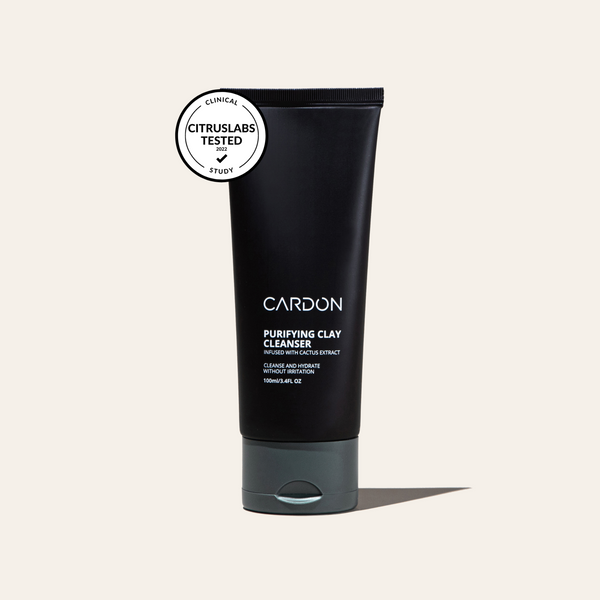
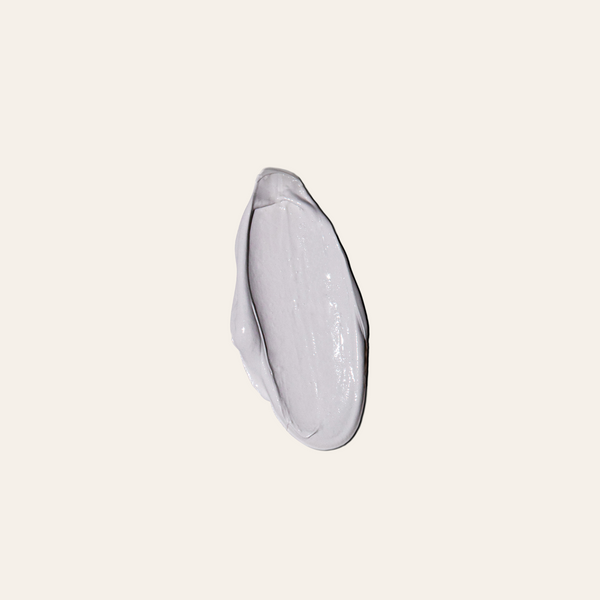
Purifying Clay Cleanser
good for:
The Purifying Clay Cleanser dares to answer the question: “what if you combined a detoxifying clay mask with a hydrating face wash?”
Our 2x Ask Men Grooming award-winning cleanser uses Cactus Extract and a Tri-Clay blend to remove excess oil and cleanse skin deeply from the grime of the day, never leaving skin feeling dry or tight. Powerful ingredients, yet gentle enough for daily use.
“The best face wash I have found for my oily, sensitive, acne-prone skin! With continued use, I've even seen a drastic reduction of oily shine on my face after long days in the office! Thank you, Cardon!” - Steve C.
Purifying Clay Cleanser
good for:
The Purifying Clay Cleanser dares to answer the question: “what if you combined a detoxifying clay mask with a hydrating face wash?”
Our 2x Ask Men Grooming award-winning cleanser uses Cactus Extract and a Tri-Clay blend to remove excess oil and cleanse skin deeply from the grime of the day, never leaving skin feeling dry or tight. Powerful ingredients, yet gentle enough for daily use.
“The best face wash I have found for my oily, sensitive, acne-prone skin! With continued use, I've even seen a drastic reduction of oily shine on my face after long days in the office! Thank you, Cardon!” - Steve C.
Cardon Products Are
Easy to Use
We never create two products when we can achieve the same results with one. Cardon products are designed to be easy to use every day.
Backed By Korean Innovation
Korean R&D is two decades ahead of the rest of the world. Cardon products use the highest quality, most effective ingredients out there.
Non-Toxic
Finally, an ingredient label you can feel good about. Every ingredient in Cardon products is good for your skin, and easy on the mind.
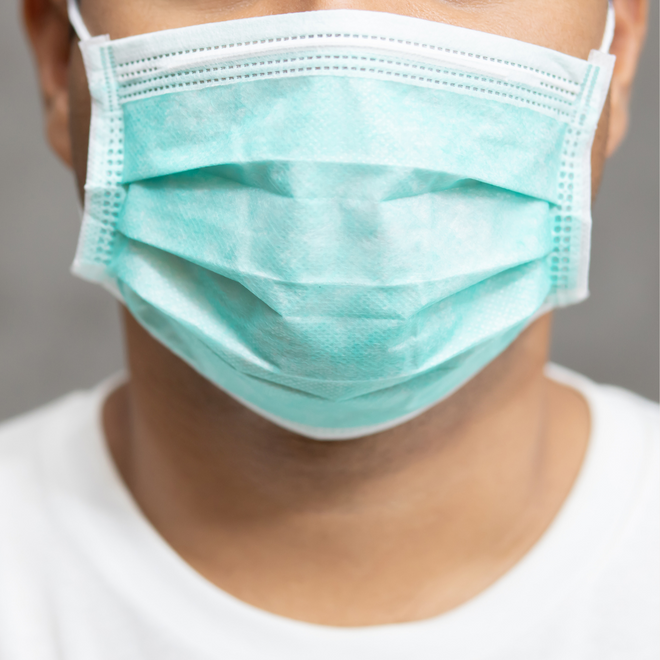
.png?v=1671640176423w_600)
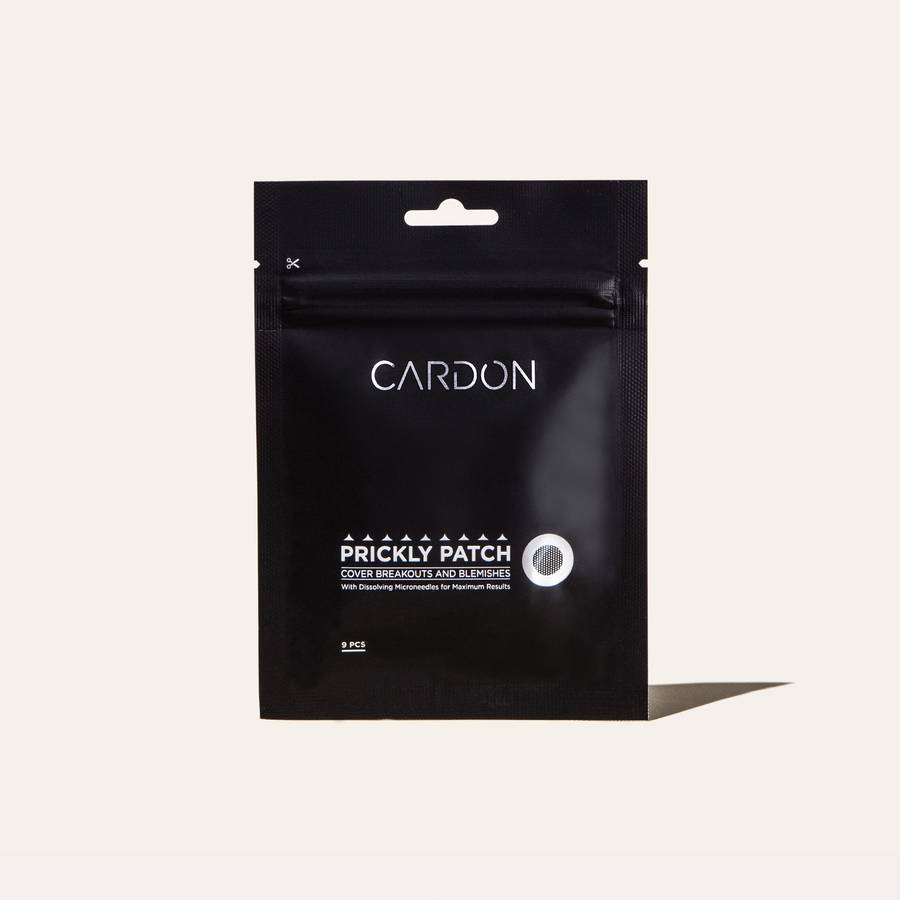

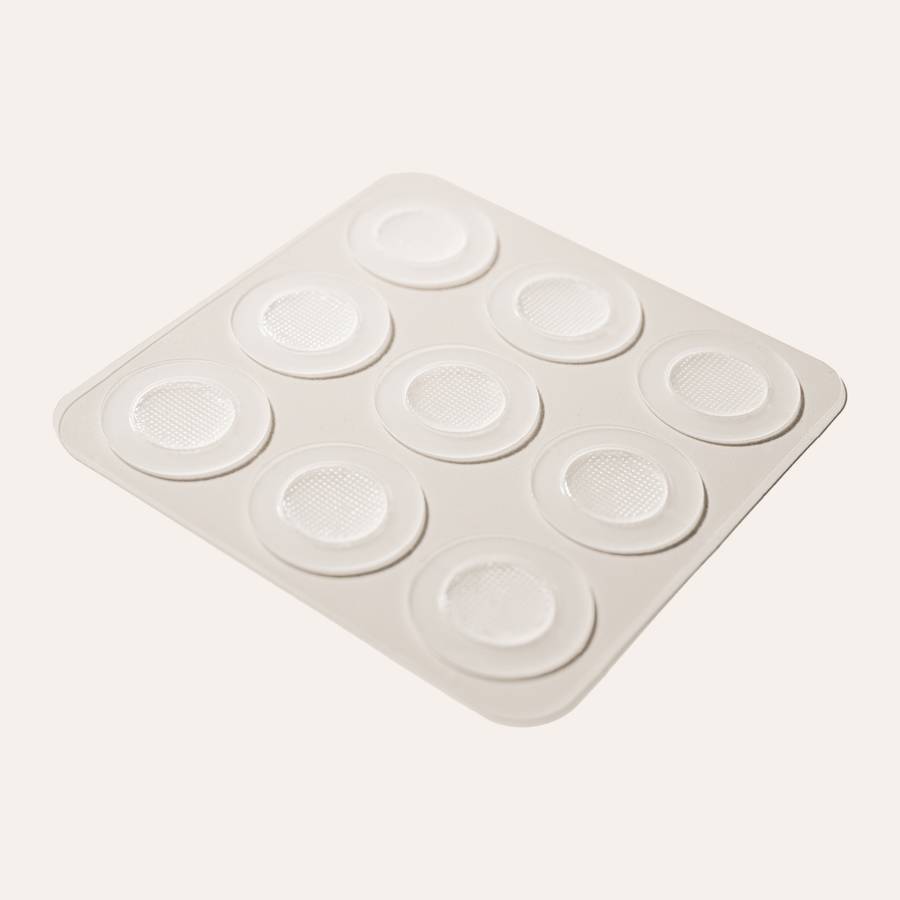
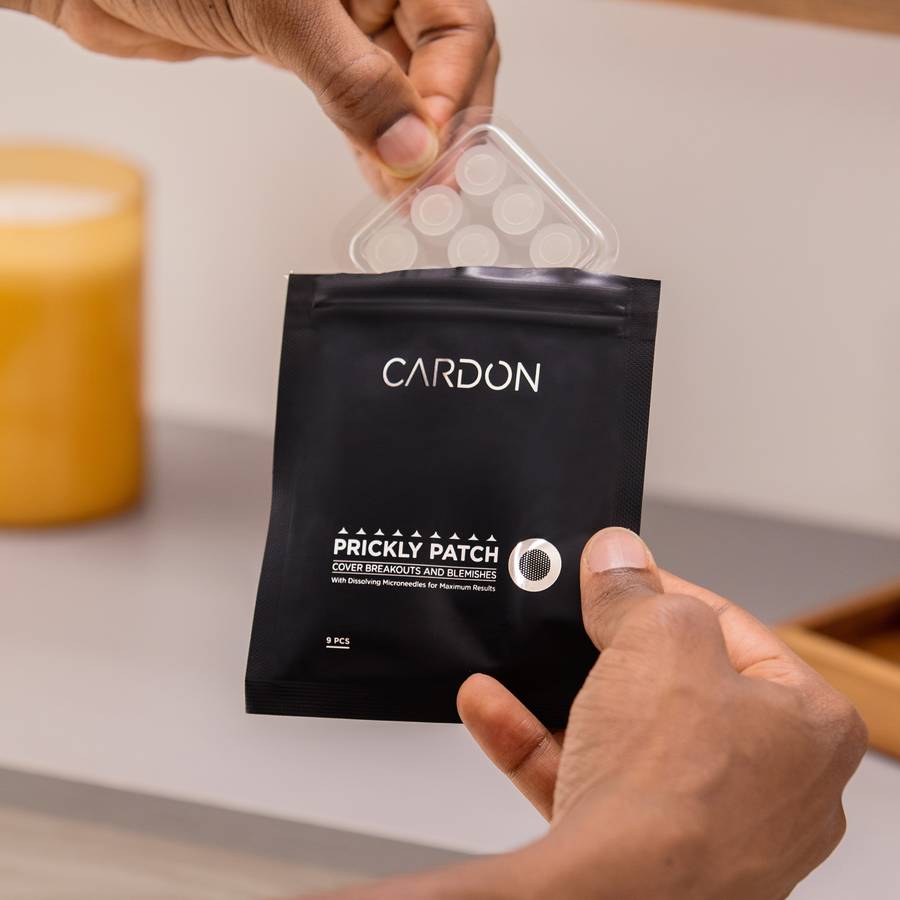
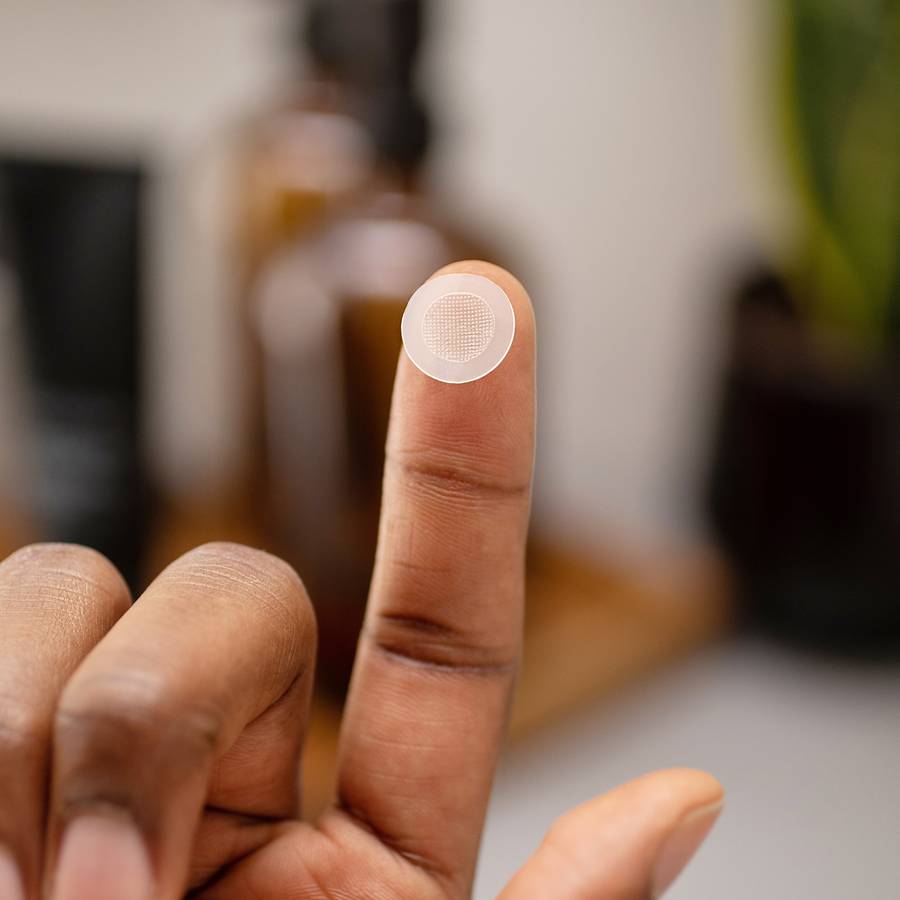
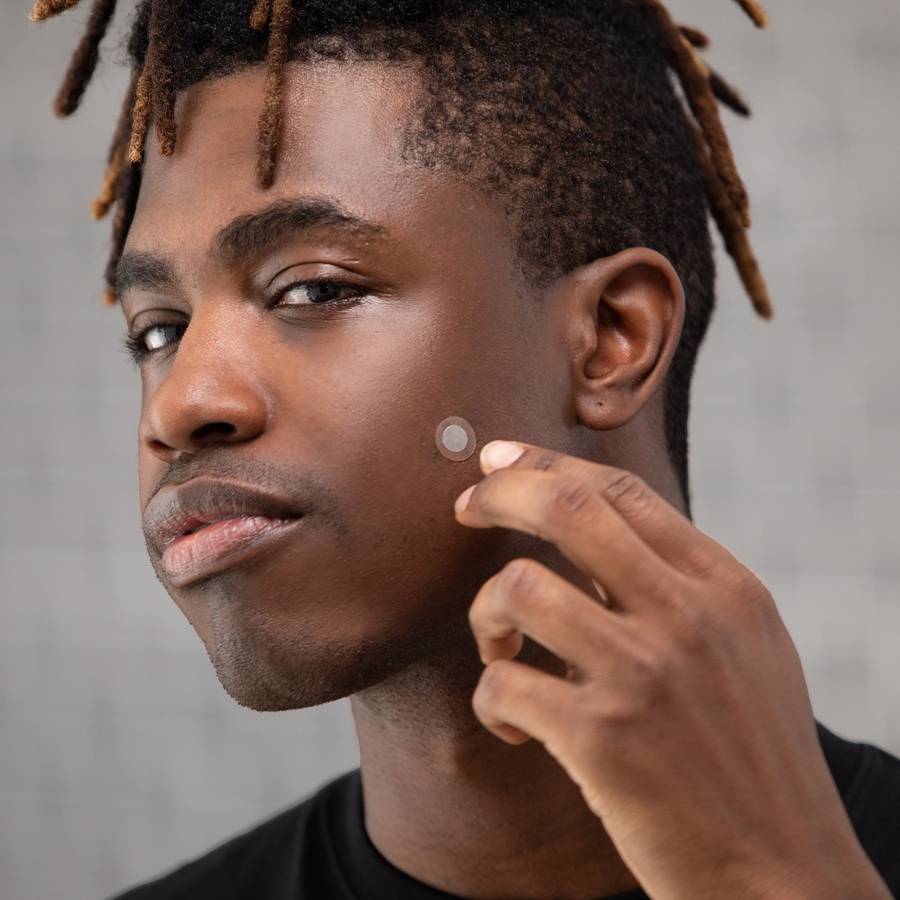
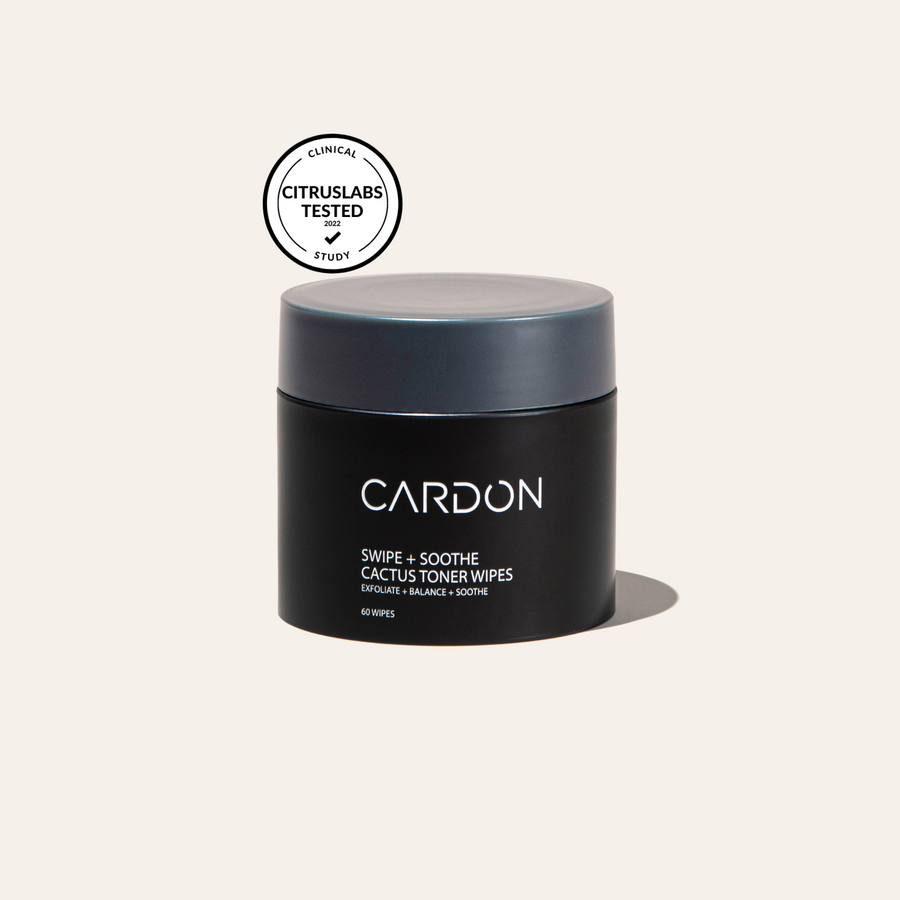

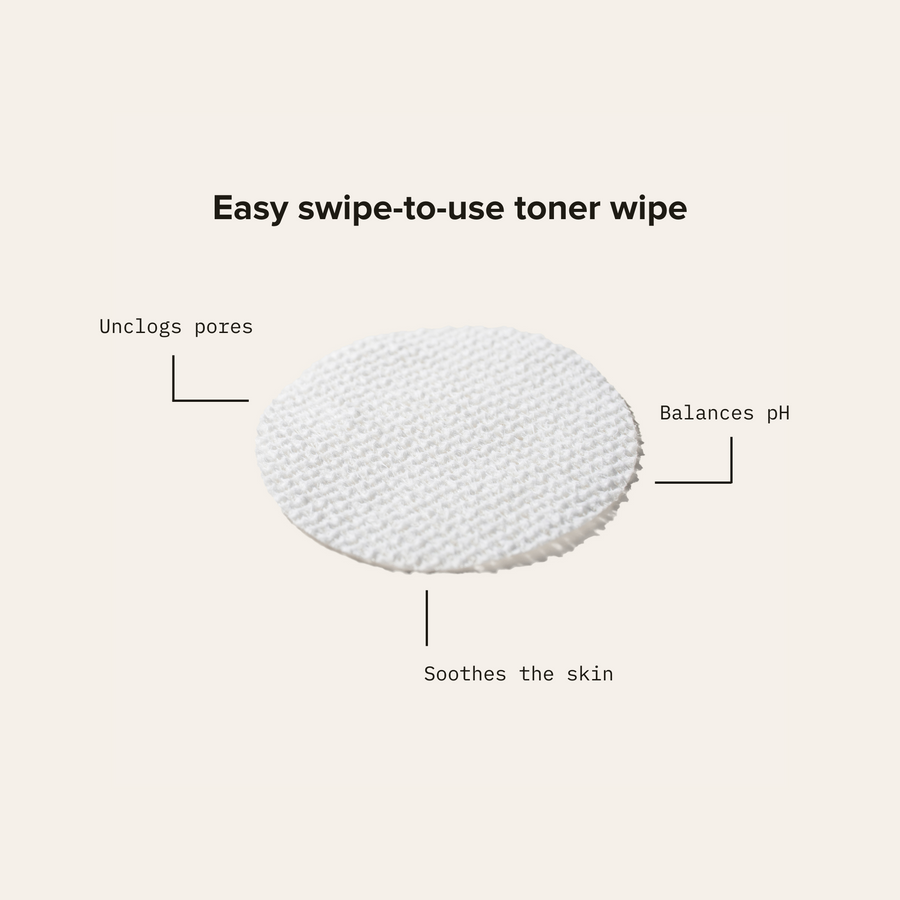
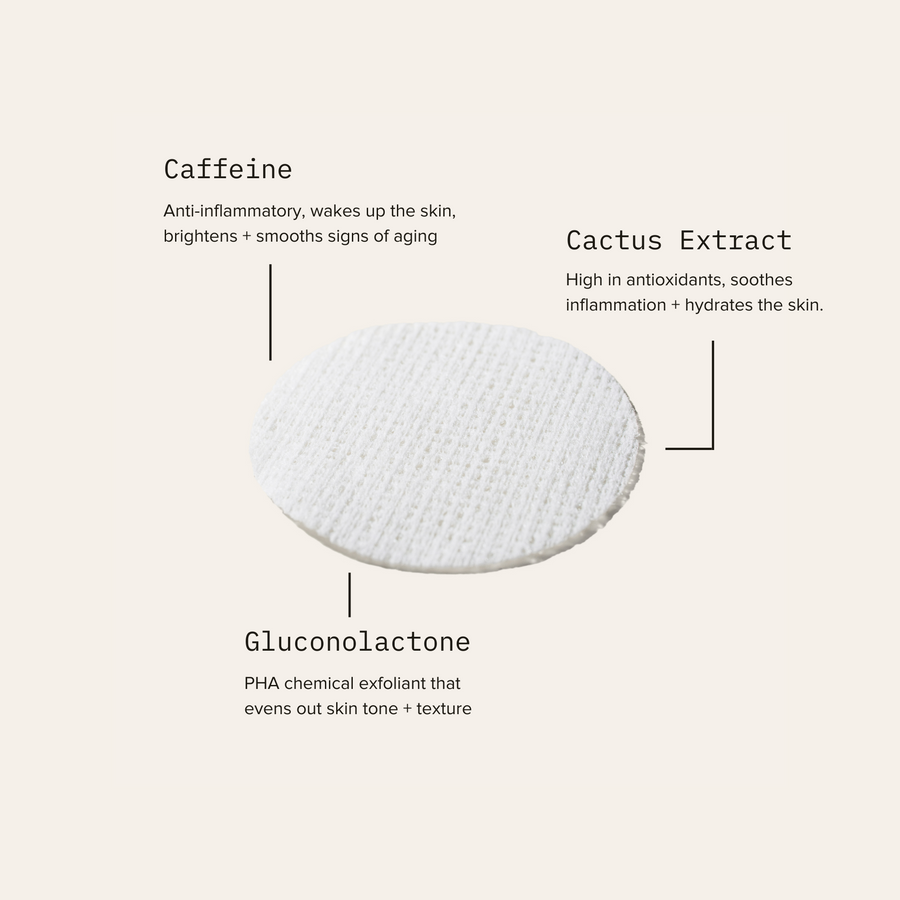

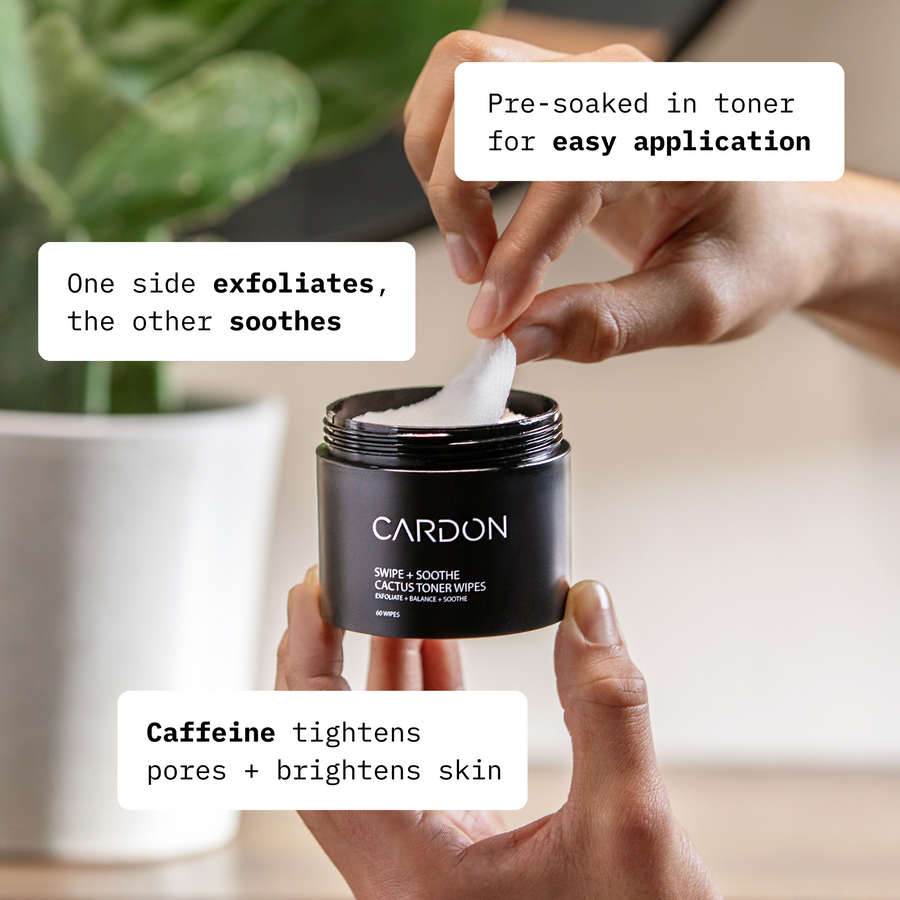

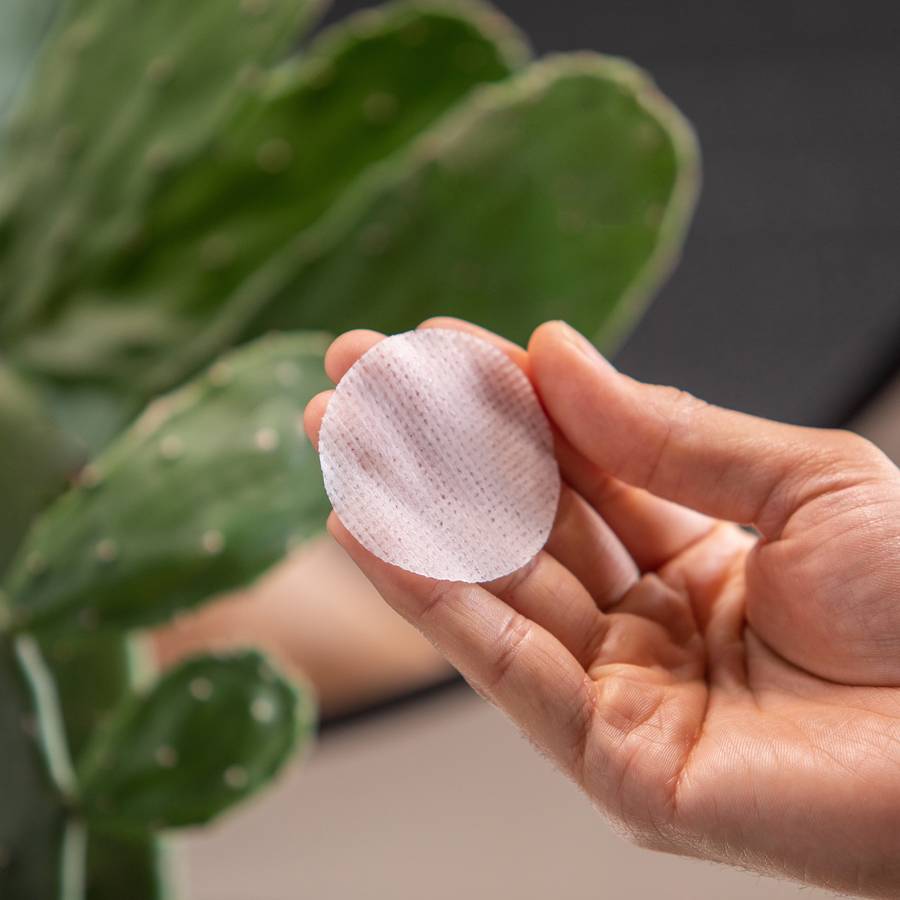
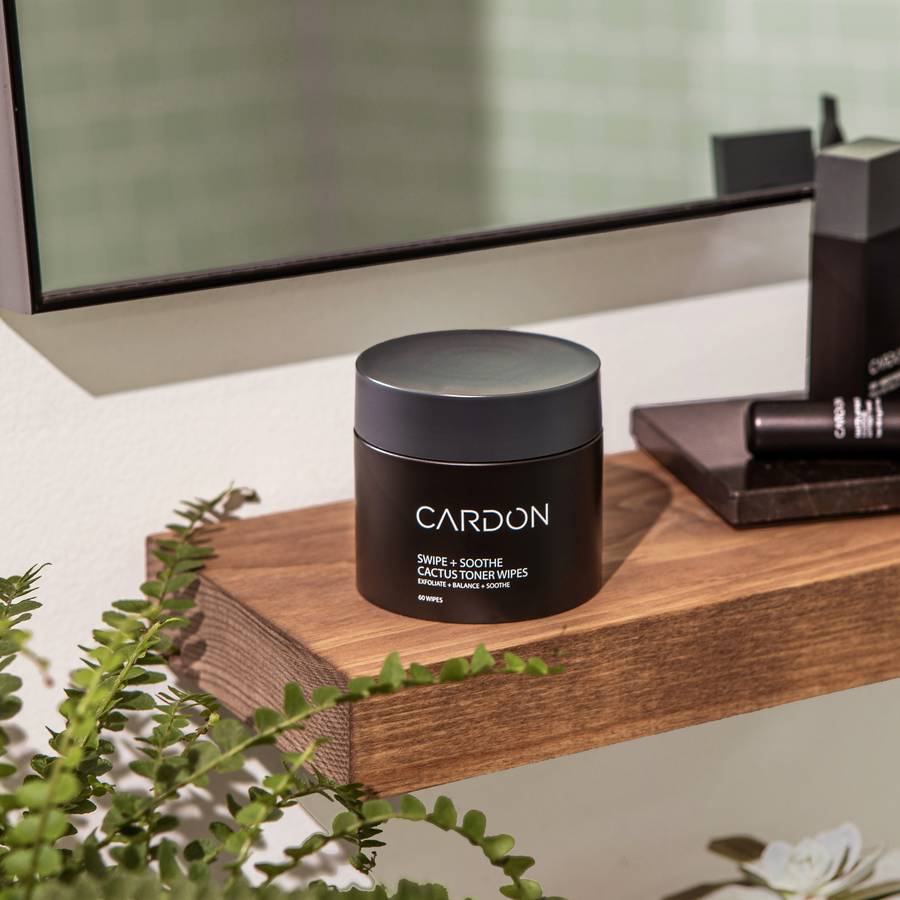
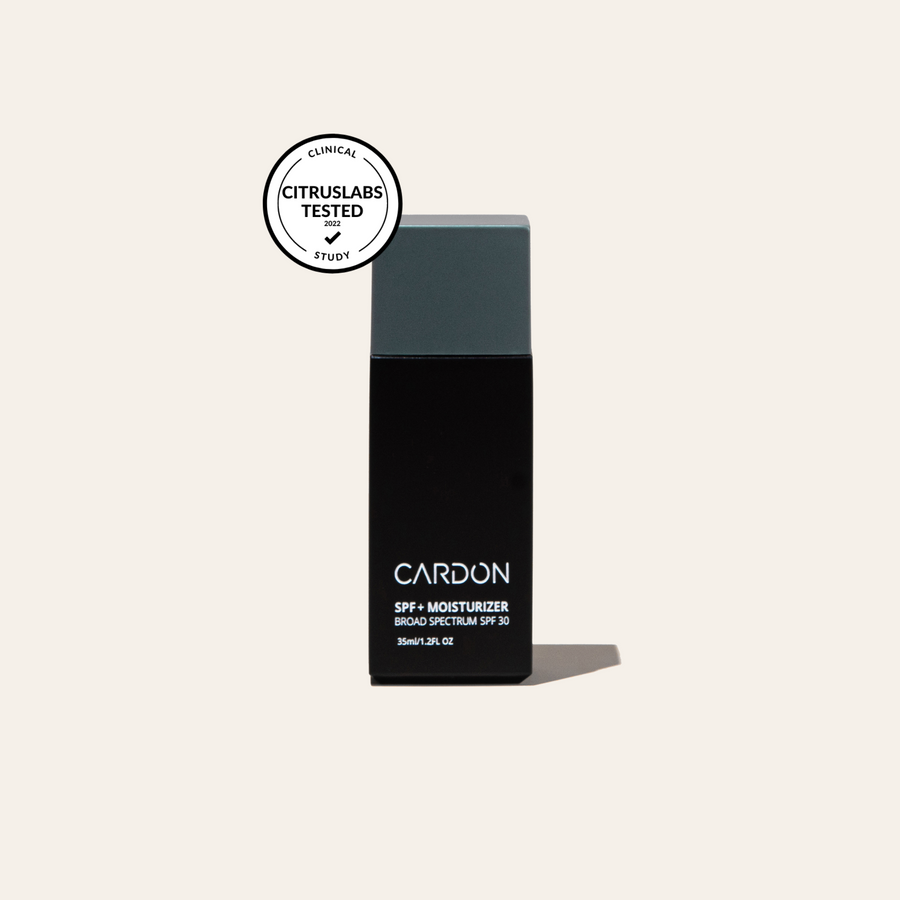

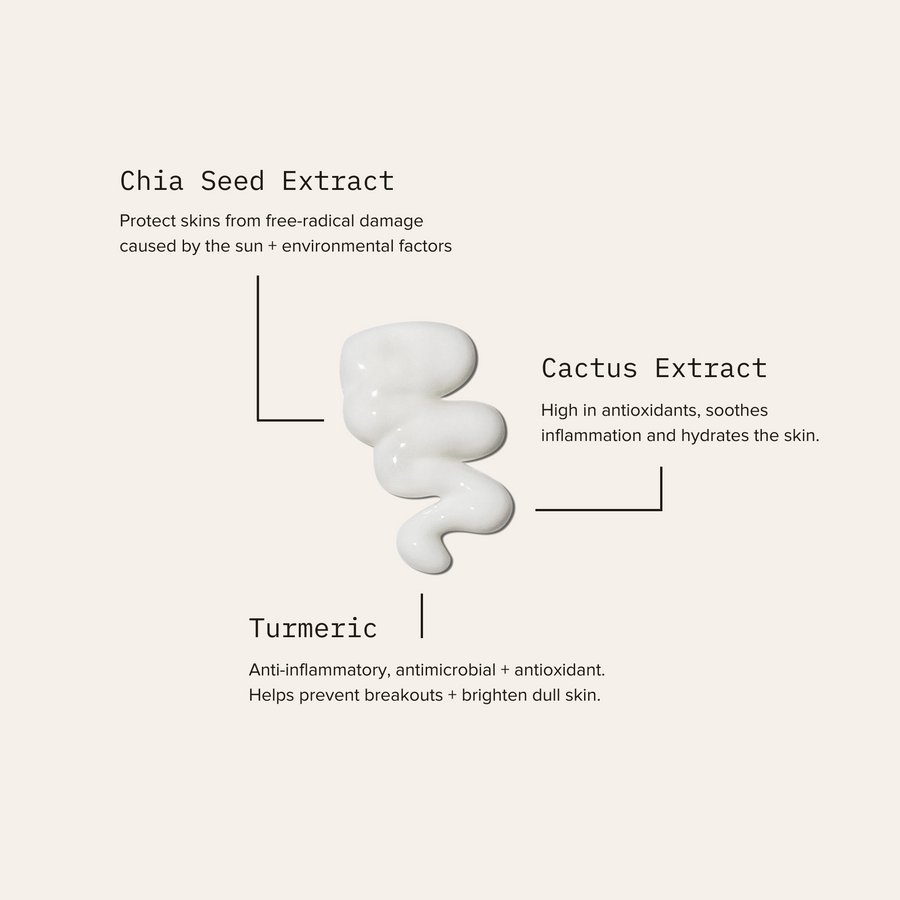

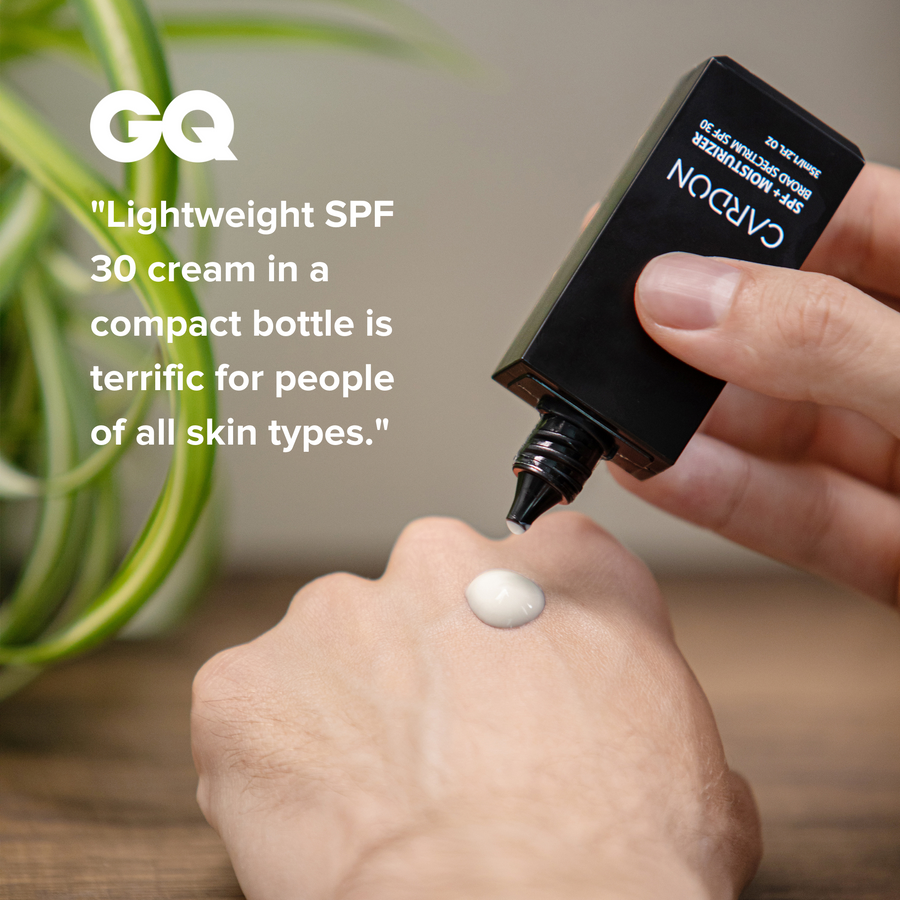

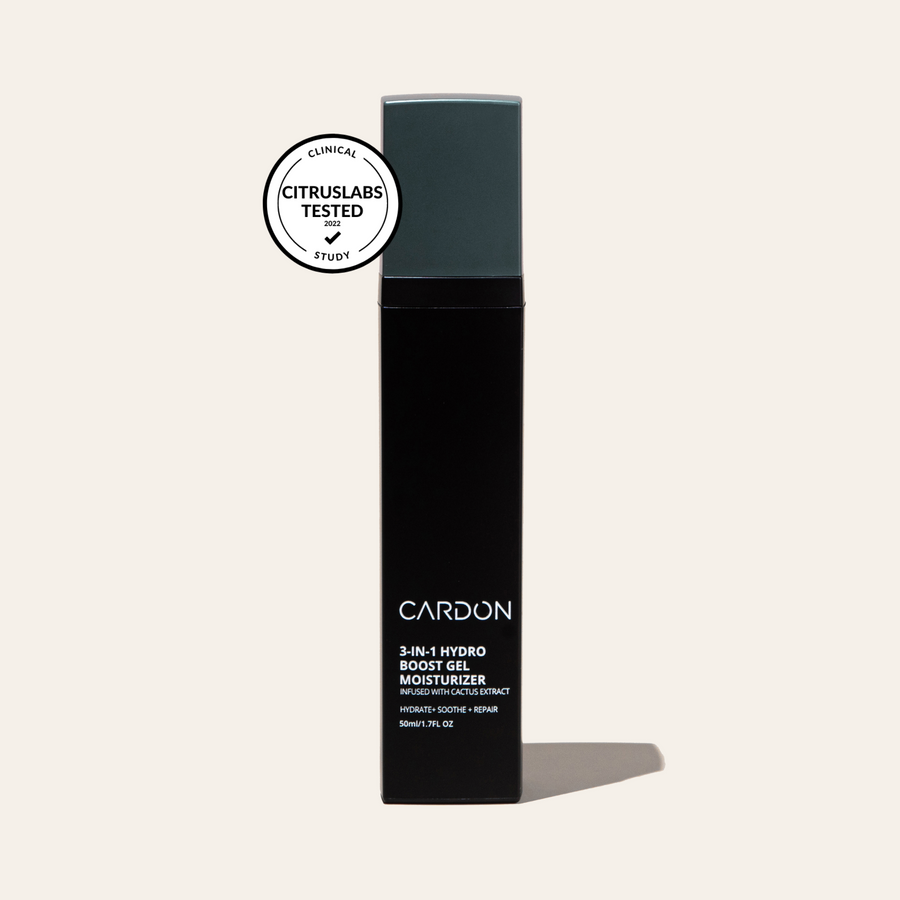
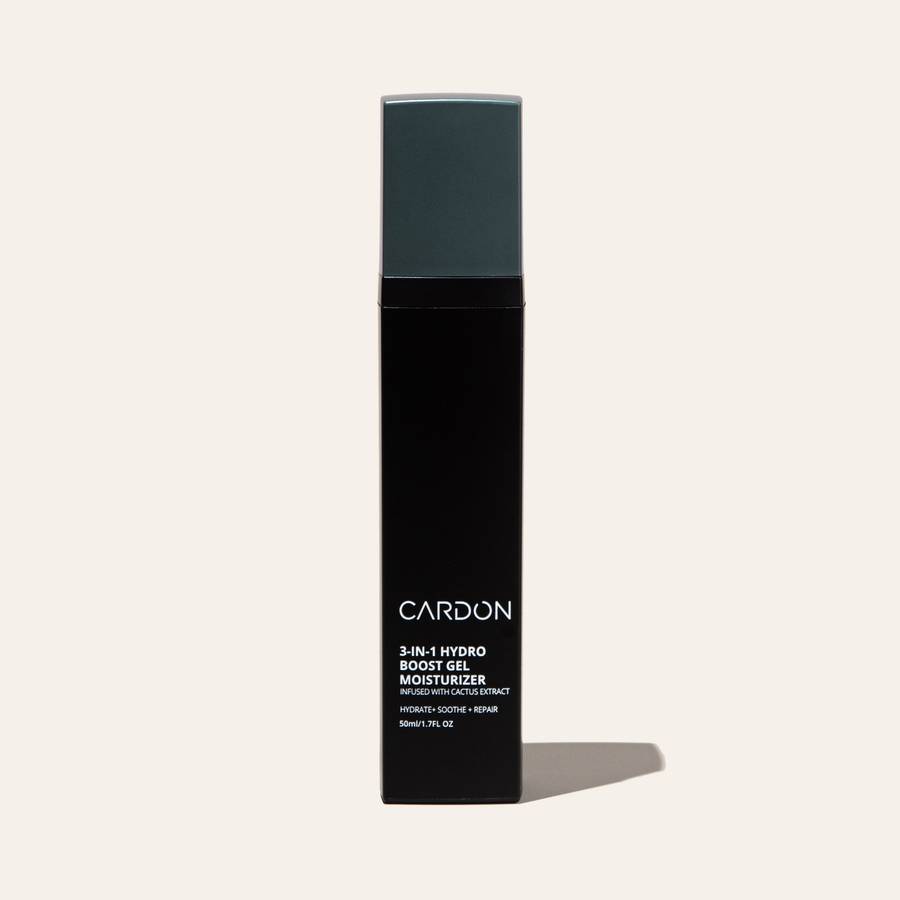
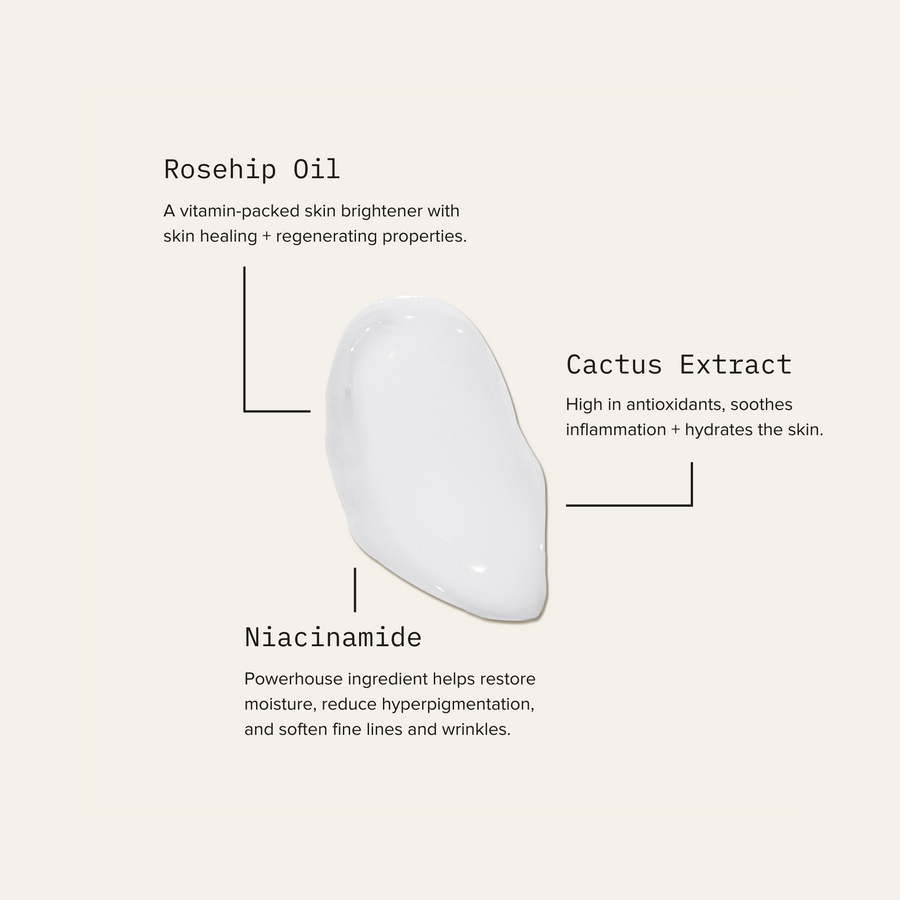

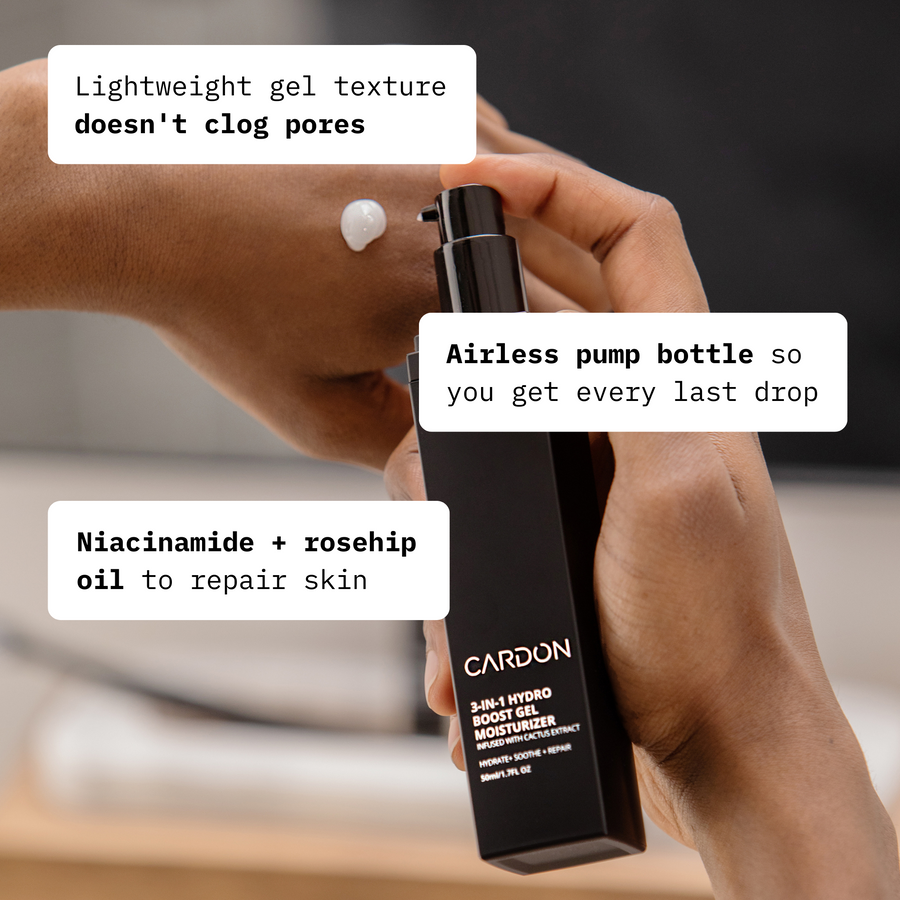

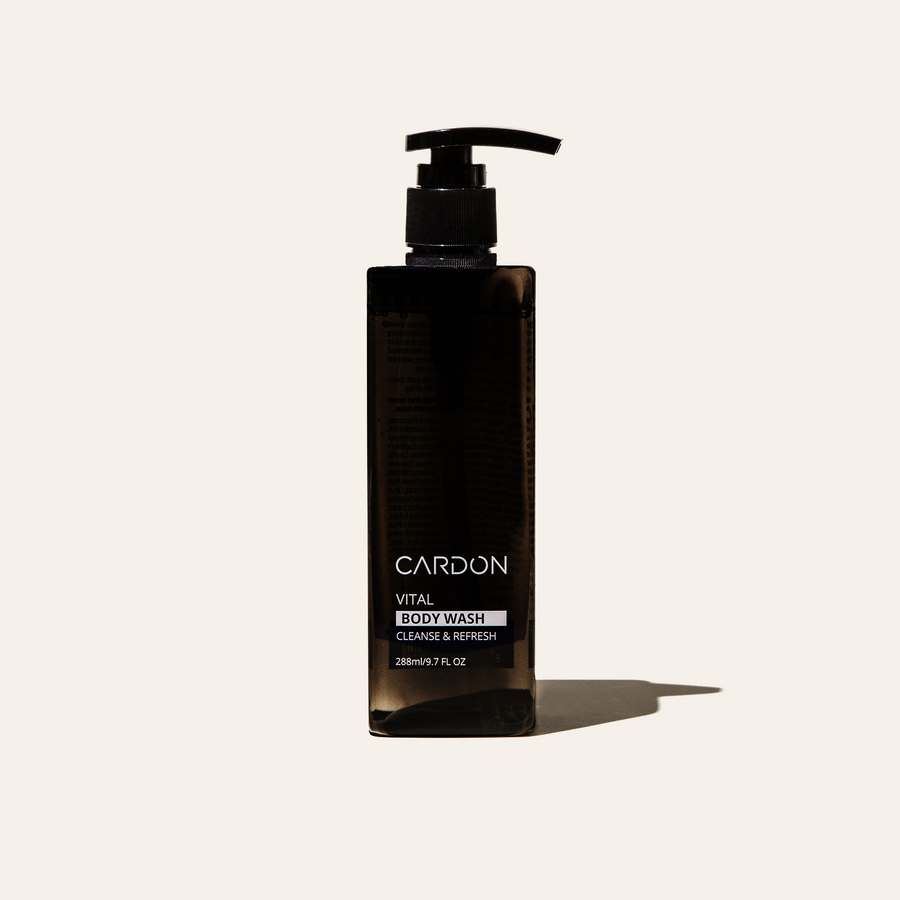
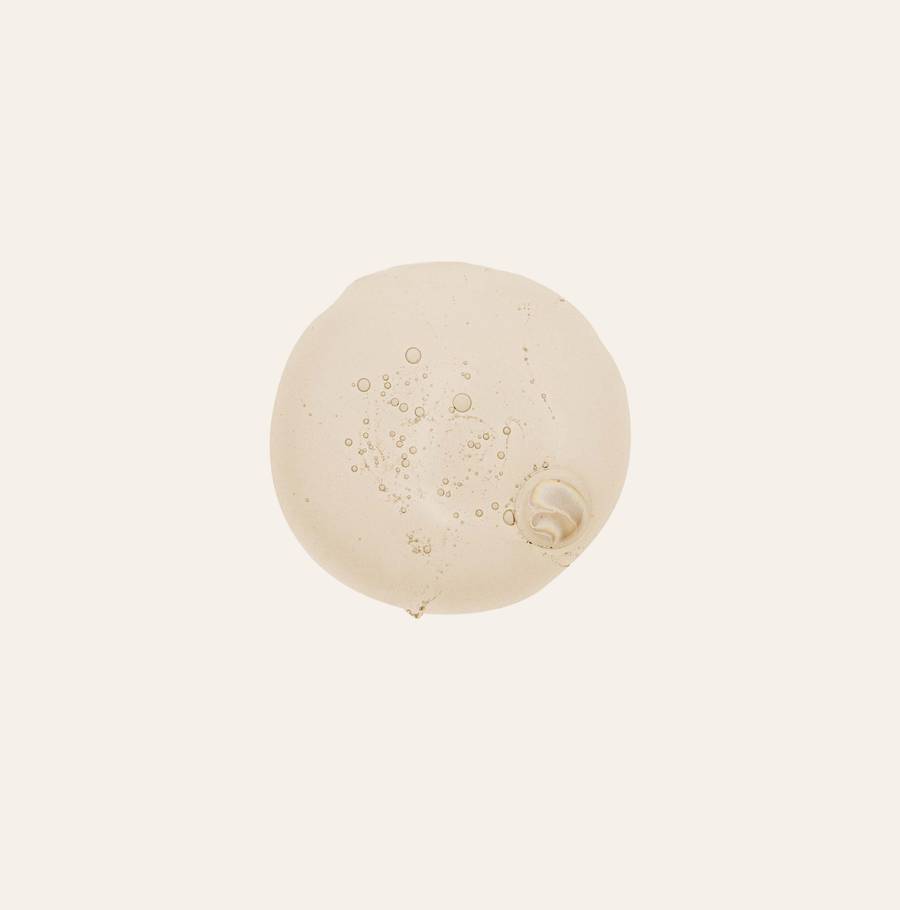




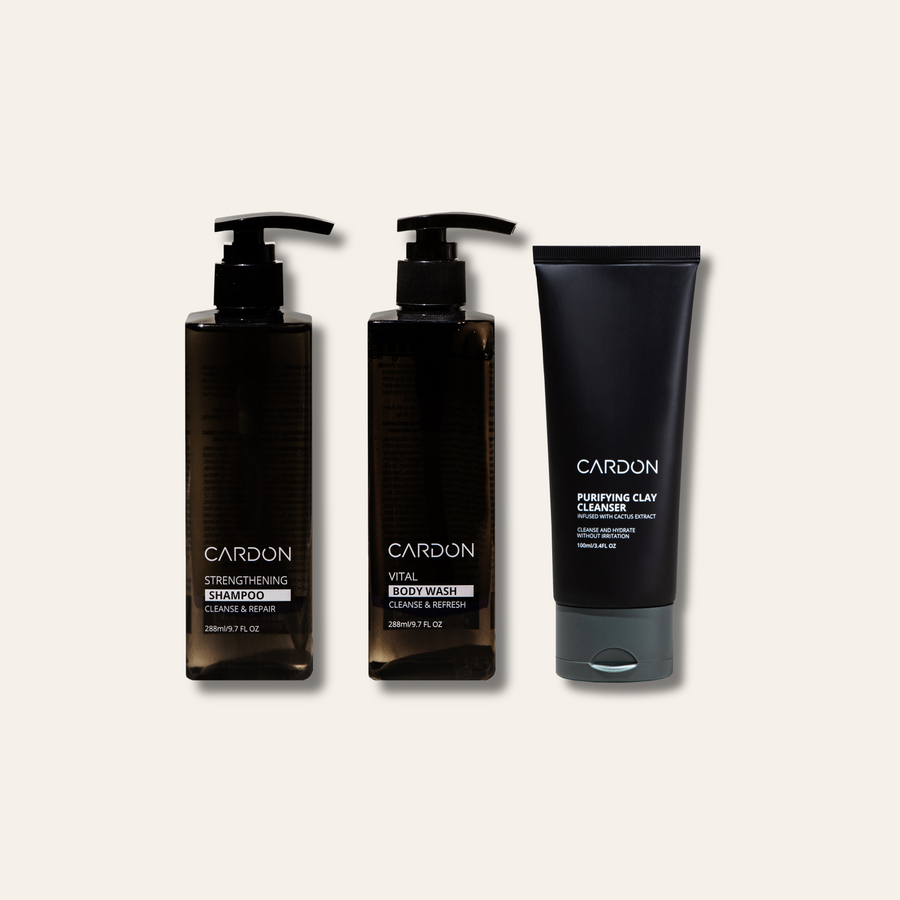




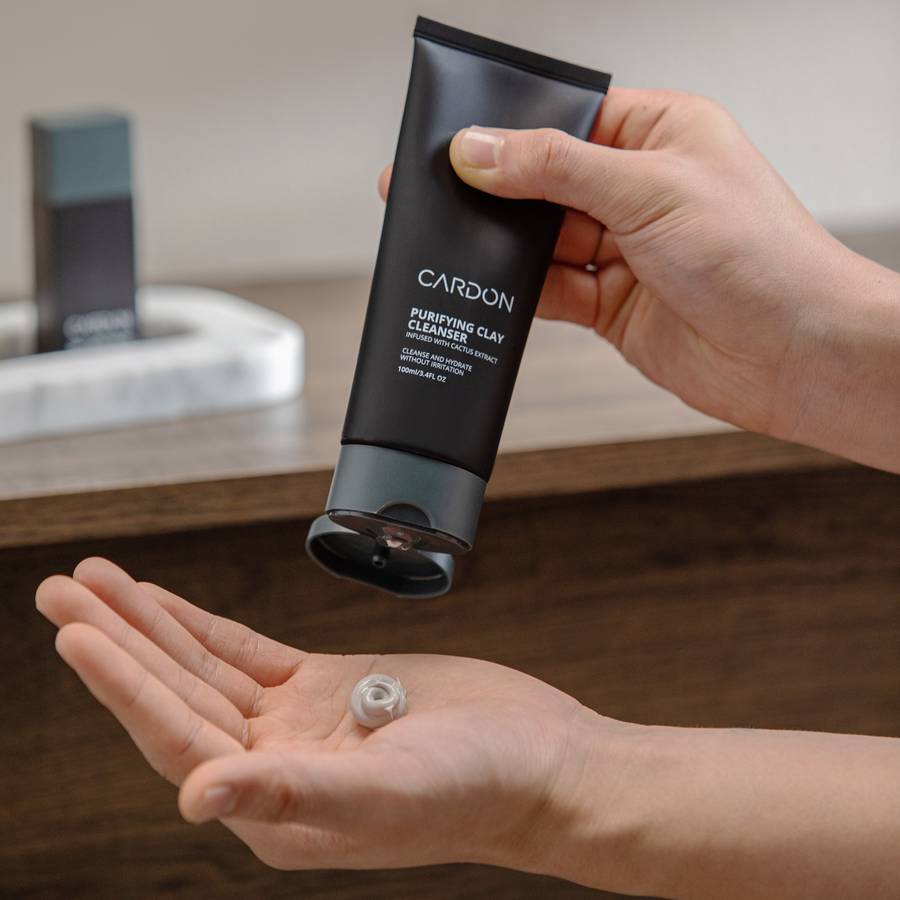
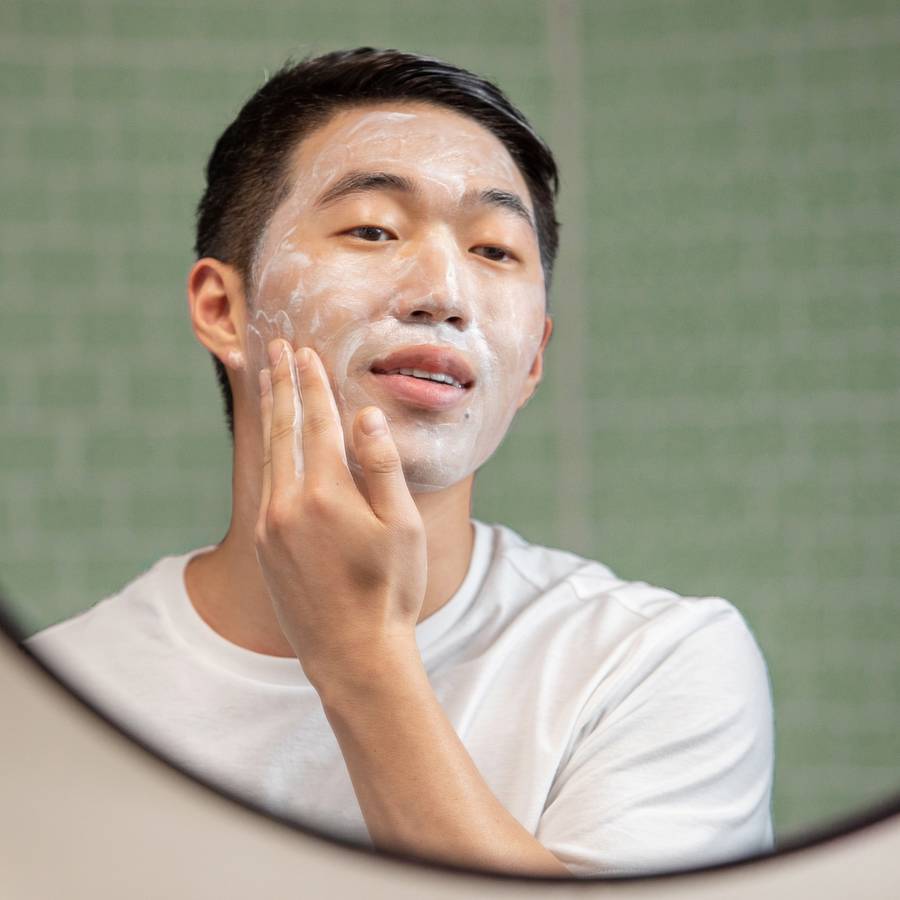
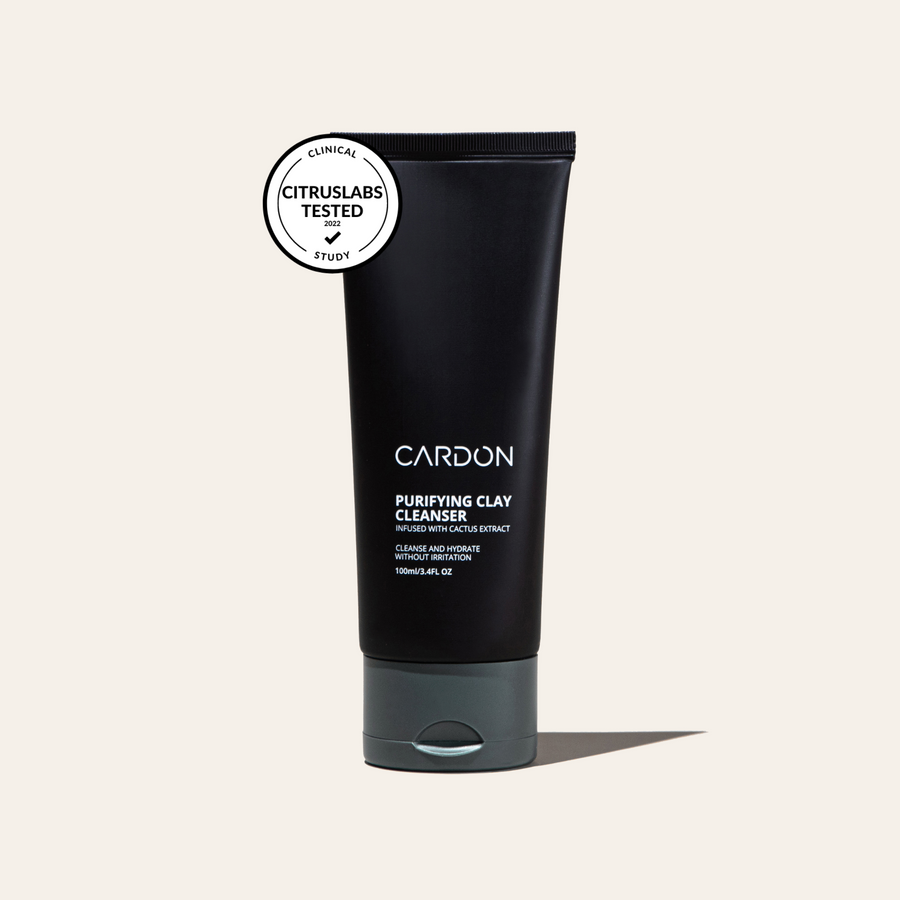
.png?v=1765476667968&options=w_900)
